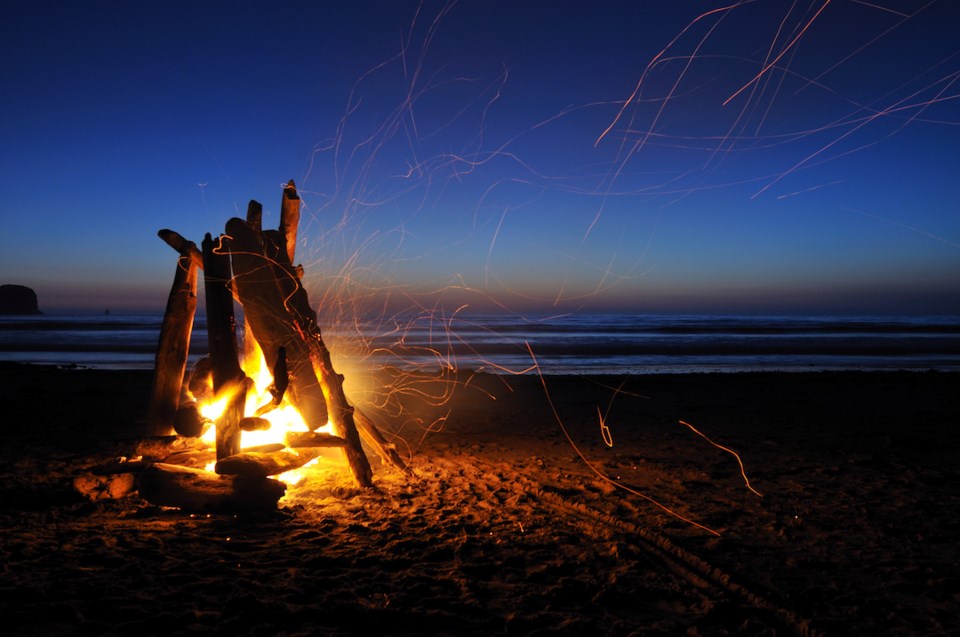Editor:
Three years ago I wrote to you concerning the then latest beach fire research (“100 per cent real statistics about Sunshine Coast beach fires,” July 2022).
Here are recent updates.
Good news –– to address beach fire challenges, government investment in multicoloured graphical weatherproof signage providing simple instructions for locating, building, managing, and extinguishing fires has increased over 500 per cent! Tax dollars at work!
Bad news –– societal rates of common sense, sense of responsibility, and bucket ownership all remain at historically low levels.
Meanwhile, archeologists confirm that prehistoric peoples mastered fire more than 500,000 years ago. Early humans definitely understood that the secret to a successful fire was the flame, (usually yellow and orange, sometimes red or blue), followed by the coals, all useful for heating, cooking, altering matter, and gazing into.
Unfortunately, eminent beacholigists stated that 71 per cent of present-day human attempts at beach fires are mostly just creating smoke, which is white, gray, and black. The scientific designation is “beach-smoke-a-thon” (Fumius disappointicus). Other, less documented characteristics of smoke: it floats, it spreads far and wide, it stinks, it stings one’s eyes, and it makes one cough.
Beacholigists further stated that the smoke from weathered, salty beach wood contains over 150 types of particles and dangerous chemicals, including toxic molds and carcinogens (that less than three per cent of the population can even pronounce). A recent laboratory study examining the effects of beach wood smoke was cancelled because researchers could not pay subjects enough to inhale it once they understood what was in it.
There is hope, however. Artificial intelligence has determined that once people do purchase that bucket, they will eventually figure out how to load it with dry firewood to carry to their beach fire. (Evolutionists predict with 95 per cent confidence that this will take less than another 500,000 years.)
Alan Donenfeld
Gibsons



